School Trips to Berlin for Cross-Curricular Studies
Discover a selection of vibrant school trips to Berlin with Travelbound. Berlin has a rich history and a thriving cultural scene with great museums and galleries. Students of all subjects will love this dynamic city and have lessons to take and apply in their classrooms.
Highlights of school trips to Berlin
Wall art at the East Side Gallery
Views from the top of the Television Tower
Sports history at the Olympic Stadium
Escape attempts at Checkpoint Charlie Museum
Hardenhuish SchoolWonderful support throughout the trip and excellent knowledge of the area visiting
Suggested itinerary
What's included*
*Please note, entrance fees where applicable are not included in typical price – contact us for more details
Recommended excursions
Explore Berlin’s rich culture and history on foot by taking a walking tour. The must see sights are the Brandenburg Gate (a former city gate, rebuilt in the late 18th century as a neoclassical triumphal arch), the Reichstag, Memorial to the murdered Jews of Europe and Unter den Linden – the most well-known and grandest street in Berlin.
Lively, interactive and thrilling–the DDR Museum presents the history of the German Democratic Republic in all of its multiple facets. Visitors are taken on a journey through time into the East German socialist past. As one of the most interactive museums in the world touching and trying out the exhibits is explicitly allowed. Guided tours and a talk with a contemporary witness are available. Fact: The DDR Museum holds the largest museum collection of original GDR objects worldwide.
This 368-metre tower dominates the city skyline and is the tallest building in Germany. The Tower was built in the 1960s by the East German Government not least to demonstrate the strength and efficiency of the socialist party system. The observation deck at 203 metres includes Berlin’s highest bar and there is a revolving restaurant at a height of 207 metres. Combine your visit with Berlin Odyssey, a virtual reality time travel experience through 9 centuries of Berlin history, available at 203 metres.
Two millennia of Jewish history and culture in Germany are on display in the iconic zig-zag shaped building by architect Daniel Libeskind. Students can explore how the symbolic architecture retells German Jewish history. The historical exhibition route is punctuated with diverse and interactive thematic spaces that expand perspectives on the diversity of Jewish life up to the present day.
Checkpoint Charlie, the most well-known of the border crossings between East and West, is now one of Berlin’s most popular tourist attractions. At the Checkpoint Charlie Museum unique artefacts including many of the contraptions used by those who tried to cross illegally, and works inspired by the division, will vividly bring the past to life for your students.
East Berliners breached the Wall on 9 November 1989, and between February and June of 1990, 118 artists created unique works of art on its longest-remaining section. This open-air gallery serves as a memorial for freedom. One of the best-known works, by Russian artist Dmitri Vrubel, depicts Brezhnev and Honnecker (the former East German leader) kissing.
This former railway station serves as the Museum für Gegenwart(Museum for the Present), part of the Berlin National Gallery. It was set up after entrepreneur Erich Marx offered his private art collection to the city. The focus is on contemporary art of the 20th Century including works by Andy Warhol, Cy Twombly, Roy Lichtenstein and Joseph Beuys.
©️Maximilian Meisse
This outdoor museum and information centre is on the site of the former headquarters of the Gestapo and the SS. By finding out about the destructive effects of Nazi state terror, students gain a humanising insight into the history of totalitarianism in Germany, and its implications for the world today. They learn important lessons not only for exams, but also for their broader development.
A guide will tell your group all about the German architectural and sports history of the Olympiastadion, built for the 1936 Summer Olympics, and Olympiapark. Enjoy the view from the top of the Glockenturn bell tower and browse the exhibition at the Langemarckhall. Fact: The Olympiastadion has been the ground of club Hertha BSC since 1963.
Located in the heart of Berlin, this memorial serves as a reminder of the many lives lost during the Holocaust. 2,711 concrete pillars make up the memorial with underground information centres providing students with an insight into this horrific event as well as listing the names of all known Jewish Holocaust victims.
The Spy Museum explores the history of espionage and intelligence from antiquity to the present day. It covers WW1, WW11 and the Cold War using multi-media based technology and over 1,000 exhibits. An educational programme is available. Image by Scontrofrontale – CC BY-SA 4.0 – via Wikimedia Commons.
Experience 2,000 years of German history in an immersive, novel exhibition with all your senses! Walk through the forest of the Varus Battle or dance through the Golden Twenties – an exciting addition to history lessons!
The Berlin Story Museum covers 800 year of Berlin history from Kings and Kaisers to modern Berlin. ‘Hitler: how could it happen’ is an extensive documentation centre covering the rise of the Nazi party, seizure of power, WWII, the history of the National Socialism, the Holocaust and the downfall.There is a model of Hitler‘s bunker. The museum and exhibition can be booked separately. Audio guides are provided for both excursions.
At the modern BLUEMAX theatre in Potsdamer Platz the Blue Man Group is a unique experience and a great evening entertainment for groups. Berlin is the only place in Europe where the show can be seen. The show is an upbeat and exciting mix of live music, comedy and visual effects and non-verbal which makes it an ideal choice for international groups.
The Berlin Wall Memorial is an open-aired exhibition documenting the impact of a divided city and those who risked their lives for freedom in the Western Block. The Documentation Centre provides students with an historical overview of events in the build up to the construction of the Berlin Wall until the present day. Image by Ansgar Koreng, via Wikimedia Commons.
Located in a futuristic sustainable building designed by architect Richter Musikowski The Futurium explores the question ‘How do we want to live in the future’ and looks at the way we can influence the outcome through our choices. The museum is divided into three main areas: The exhibition area presents different options for the future looking at technologies, nature and society. Visitors can decide which one they prefer and how they can shape it.
The forum is the events area and will encourages dialogue with a changing programme. Visitors of all ages can work on their own inventions in creative workshops playing with future tech in the Lab area.
Established by the German Museum of Technology and located next door this is an interactive science and technology museum popular with young people offering over 150 hands on experiments. Different themes are explored though experiment stations e.g. students can create new colour tones by mixing large-scale light surfaces originating from real sunlight in the “Light and Sight” area. Foucault’s Pendulum and the Hexenhaus challenge our sense of orientation and give us and up-close look at how the earth rotates.
Learn about the history of technology and how this has affected our daily lives with exhibitions about aviation, shipping railways, the automobile, film technology and the history of computers. The Museum also explores the role of chemical and pharmaceutical industries in our lives. There are daily demonstrations and hands-on activities.
Experience Germany’s fascinating capital with an exciting quest. Students are encouraged to work in teams to collect keys and be in with a chance of unlocking the winning box. Berlin comes alive through a mix of treasure hunt-style clue solving and challenges with visits to historical sites including The Brandenburg Gate, Gendarmenmarkt, and The Holocaust Memorial. Enrichment or MFL version available.
This monumental building, constructed under the National Socialist regime between 1936 and 1941, ceased being a functioning airport in 2008 but has become an iconic historic attraction. Representative of National Socialist architecture in its scale and grandeur, Tempelhof also became a symbol of freedom by playing an important role in the Berlin airlift in 1948/49.
Guided tours are available and follow different themes, including tracing the airport’s National Socialist history.
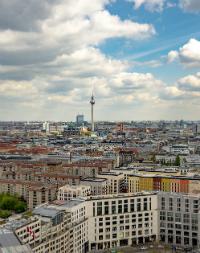
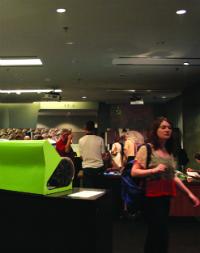
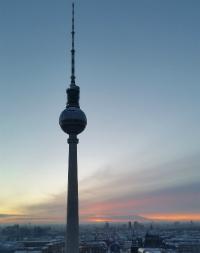
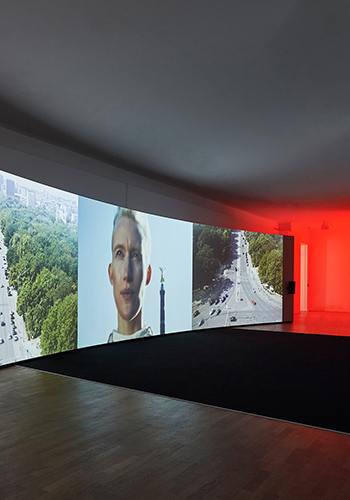
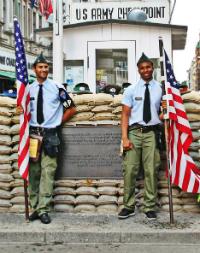
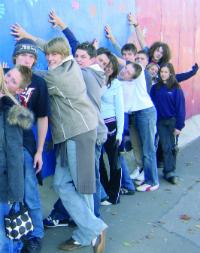
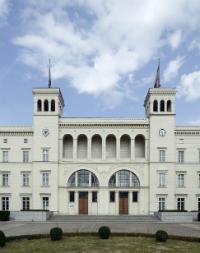
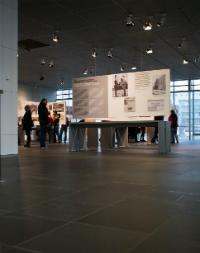
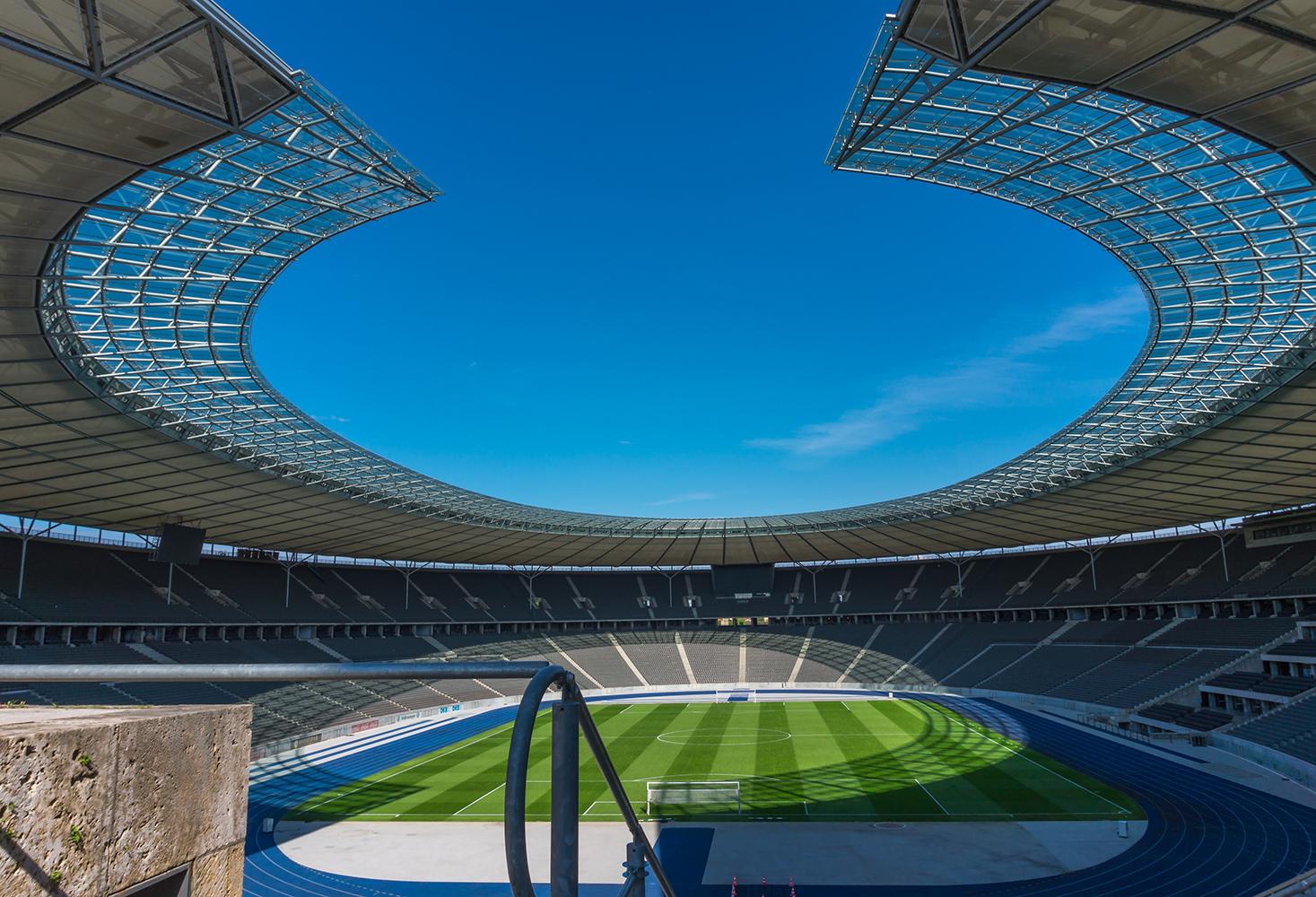
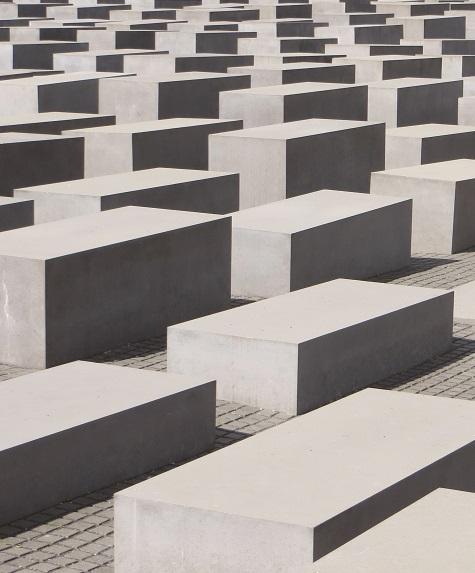
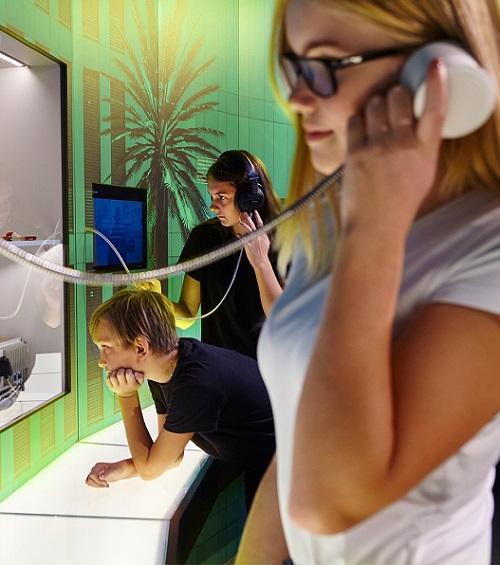
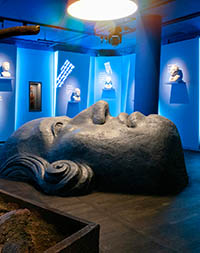
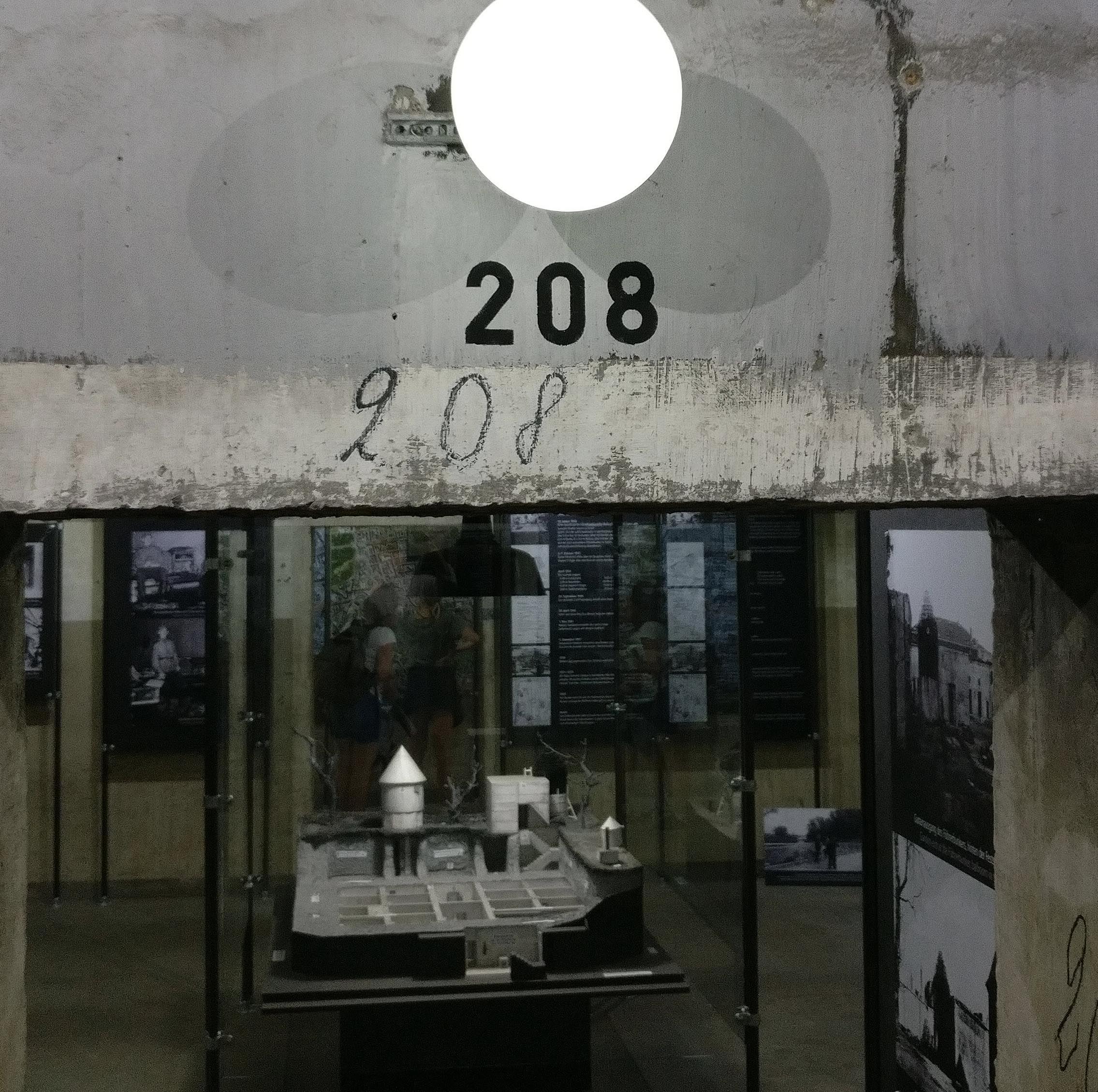
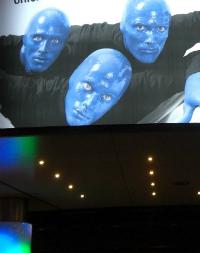
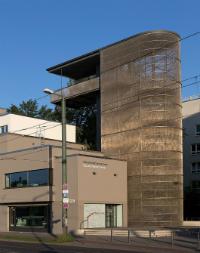
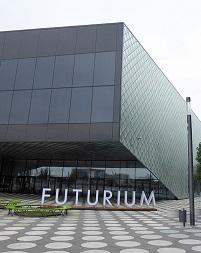
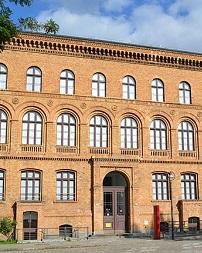
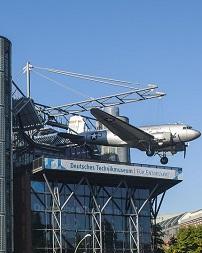

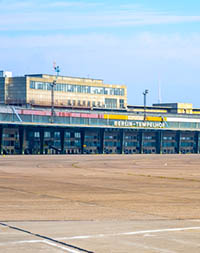
Typical accommodation
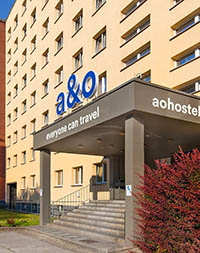
Why groups like it:
Facilities
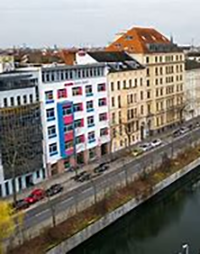
Why groups like it:
Facilities
Learning outcomes
Subject focus
Students can:
- Learn outside the classroom in another country – the language, culture, history and art
- Practise speaking a foreign language
- Gain a deeper understanding of modern European history, World War II and the Cold War
- Build confidence and learn to value the skills and techniques needed for Personal and team success
- Broaden their minds through the study of another culture
- Discover, explore and have fun with fellow students and teachers
Student outcomes
Students will have had an opportunity to:
- Visit a foreign country and experience another language and culture
- Identify Germany’s place in modern European history
- Gain independence and self-confidence
- Strengthen existing friendships and make new friends
- Further develop their personal organisational skills
- Build skills in cooperation and working with others in a variety of environments



